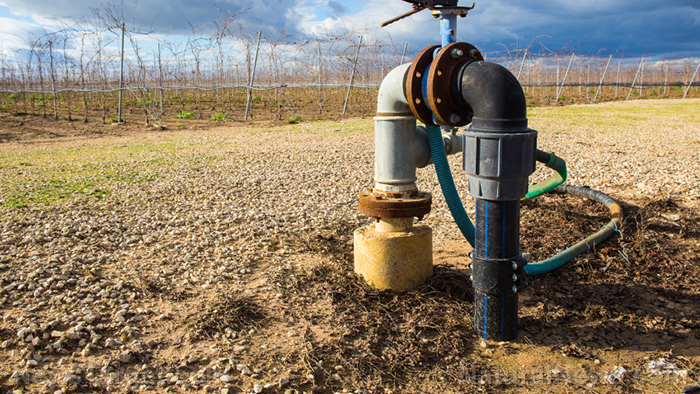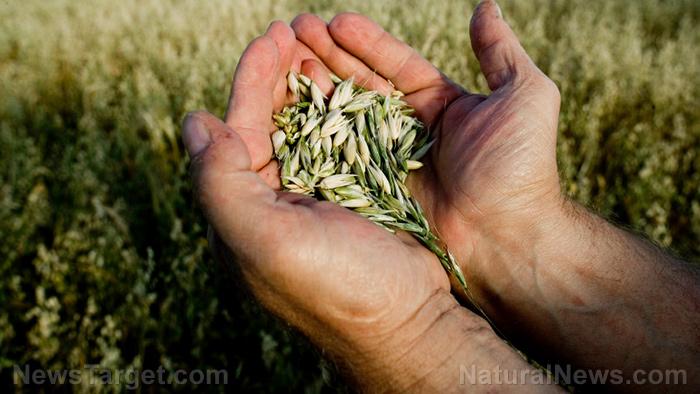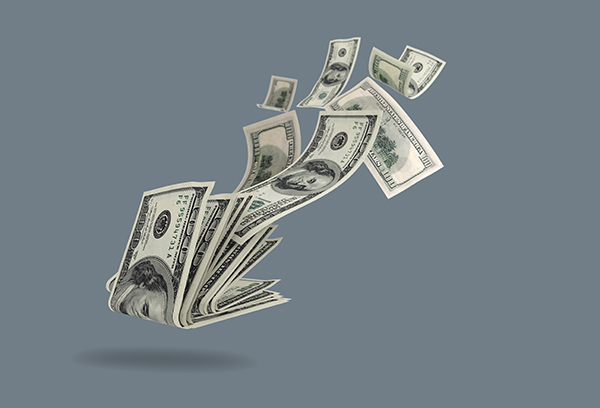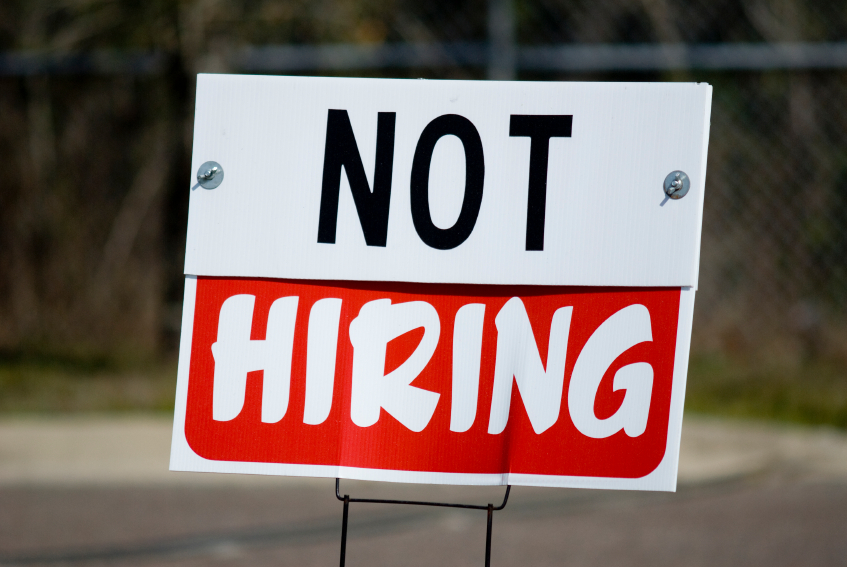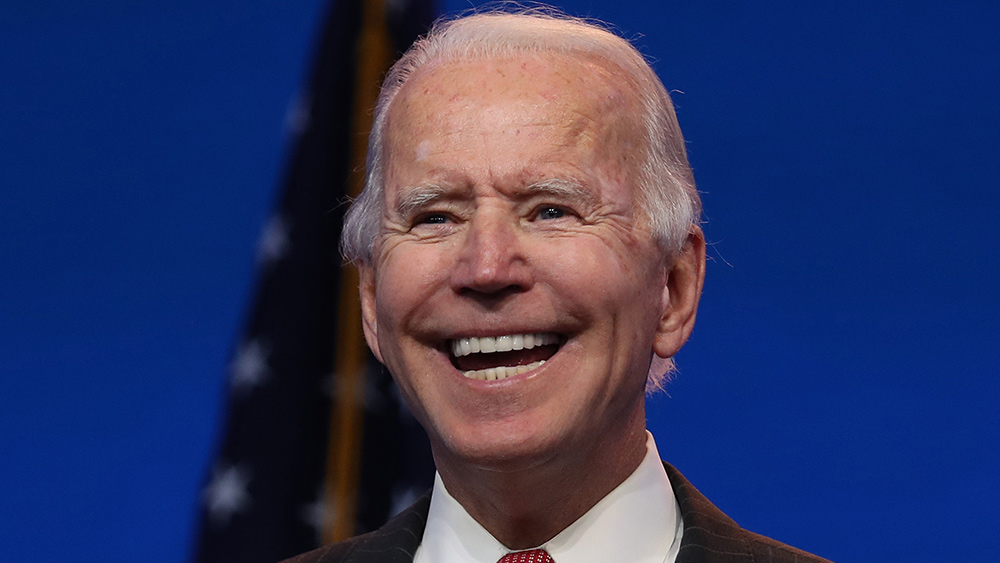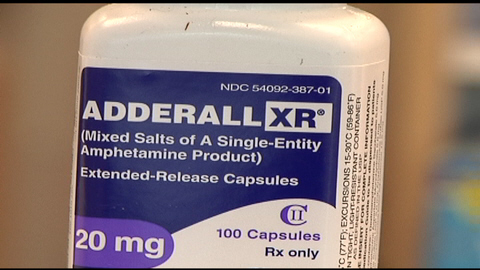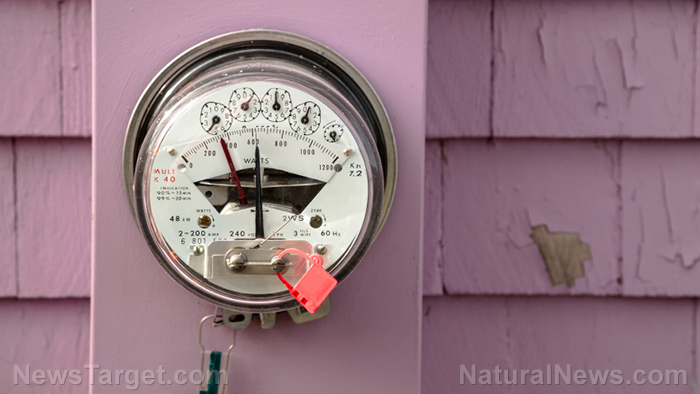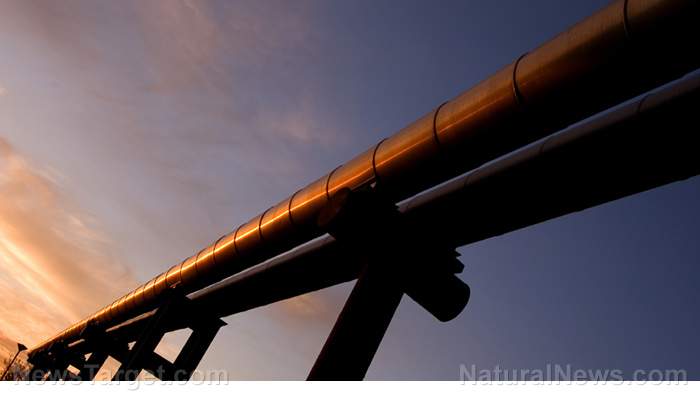More calf-producing cattle are being sold for slaughter, decimating cattle herds and making beef prices surge
08/02/2022 / By Arsenio Toledo
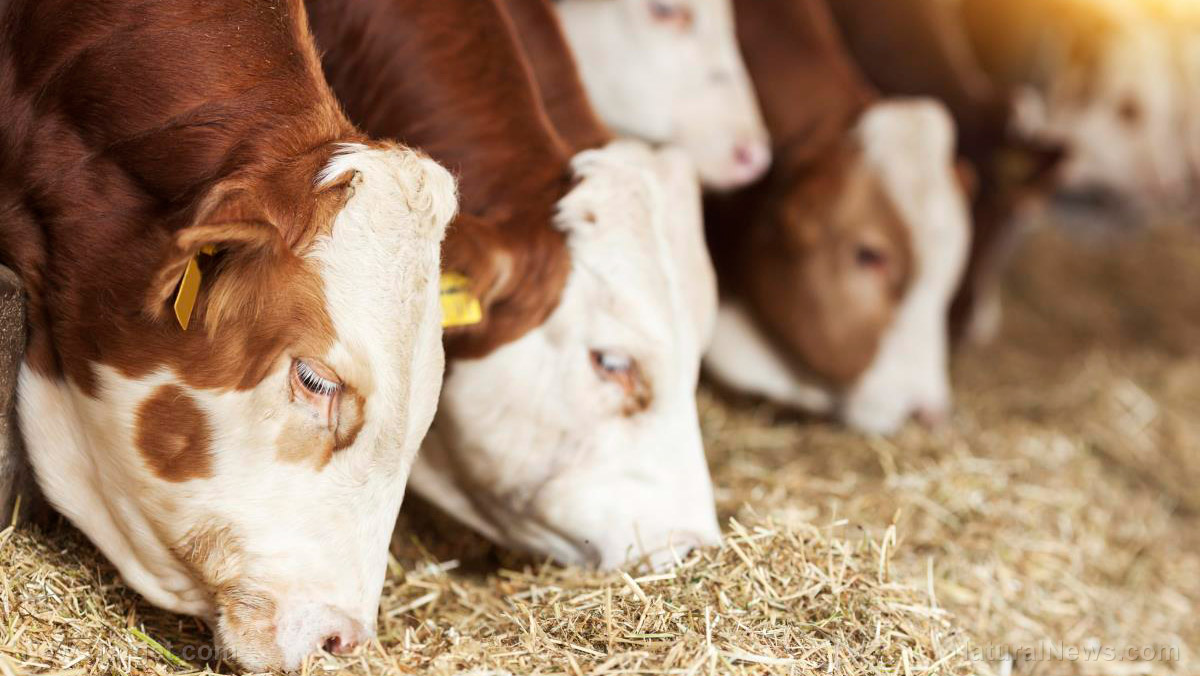
More calf-producing female cattle are being sold for processing as part of a wider sell-off in cattle herds, signaling that the reduction in cattle herds and the damage to America’s food production could be permanent.
According to the United States Department of Agriculture’s (USDA) latest cattle report, the market has contracted to levels not seen in years, with total cattle inventory dropping by two percent to 98.8 million head. (Related: USDA’s July Cattle Report: Drought accelerates liquidation of beef cattle herds.)
But of more pressing concern is the fact that there is a notable boost in calf-producing females getting sold for processing even though male cattle are more favored for consumption.
“We are seeing that large numbers of female stock have been placed in feedlots,” said USDA livestock analyst Shayle Shagam in a radio report for the agency.
According to Shagam, the number of females in cattle feedlots has surged by three percent and the number of females in existing herds is down by roughly 2.7 percent from a year ago.
The analyst warned that this combination means “supplies of cattle going to feedlots is going to be declining,” which will result in “progressively tighter supplies of all fed cattle available for slaughter as we move into 2023.”
Other analysts warned that the increased number of cows and heifers sold for slaughter means herd depletion will continue and building them back up to the level that can better meet demand will take years.
“A heifer is two years old before she produces her first baby,” noted John Kleiboeker, who owns a breeding cattle operation in Missouri. “That calf is another 18 months after that. So you’re talking about close to 40 months from the time that little baby heifer is born until she has produced a pound of beef.”
Beef prices soar due to cattle sell-off
Ground beef prices are up nearly 12 percent year-over-year, higher than America’s already-high inflation rate of 9.1 percent. A pound of beef in June costs around $5.40.
Fueled by the ongoing decrease in cattle supply, the USDA expects prices to keep surging even further than earlier estimates. The department’s previous price forecast projected average steer prices to be up nearly 8.5 percent next year, but this forecast was made prior to the storm of new conditions causing prices to skyrocket.
National Cattlemen’s Beef Association CEO Colin Woodall has attributed much of the cattle sell-off on this year’s drought, which has become more widespread than the regional droughts seen in years past.
With regional droughts, only a part of the country’s cattle herds would be affected, and they could also avoid the worst parts of the drought by sending their herds to other parts of the country to graze until it started raining again. But cattle owners are unable to do this now because so much of the country is in a drought.
“There’s no place to go because everybody is struggling to find the forage they need to feed their cattle,” said Woodall.
Woodall warned that ongoing drought conditions will keep beef prices surging upward, but he noted that cattle producers alone don’t set the price for food.
“It’s all about costs. When you look at those who make a decision to send their cattle to market to either thin down their herd or completely eliminate their herd, it is always going to be attributed to the increase of their input costs,” said Woodall.
Kleiboeker noted that he has not sold any of his own stock yet, but the soaring prices of forage and feed sparked by the ongoing drought has forced him to prepare to cull some of his herd.
He used to be able to purchase anywhere between 110 to 120 big round bales of hay from a trusted supplier’s first cut. This year, the first cut only produced 57 bales and the cost per bale was up by 50 percent from last year to around $75 per bale. The drought made it impossible for a second cut, forcing him to buy hay from elsewhere at a higher cost.
“There is hay available, but with freight, the cost of transportation to bring it 200 to 250 miles south may be prohibitive,” said Kleiboeker. “The cheapest price we can find is $5.05 to $6 per loaded mile. Well, if you go adding an extra $1,000 to $1,200 to a load of 30 round bales of hay, it gets expensive real fast.”
Learn more about skyrocketing food prices at FoodInflation.news.
Watch this episode of “Health Ranger Report” as Mike Adams, the Health Ranger, discusses the ongoing liquidation of cattle herds in Texas.
This video is from the Health Ranger Report channel on Brighteon.com.
More related articles:
Want lower meat prices? ‘We need to break up Big Ag.’
US crops, cattle herds at risk due to “intense heat and dry conditions.”
Intense DROUGHT driving Texas ranchers to sell off cattle herds.
Thousands of cattle die in Kansas as attack on America’s food supply continues.
Sources include:
Submit a correction >>
Tagged Under:
agriculture, beef, beef prices, cattle, cattle liquidation, chaos, collapse, disaster, drought, environment, food collapse, food inflation, food prices, food production, food scarcity, food shortage, food supply, grocery, inflation, livestock, products
This article may contain statements that reflect the opinion of the author
RECENT NEWS & ARTICLES
COPYRIGHT © 2022 Scarcity.news
All content posted on this site is protected under Free Speech. Scarcity.news is not responsible for content written by contributing authors. The information on this site is provided for educational and entertainment purposes only. It is not intended as a substitute for professional advice of any kind. Scarcity.news assumes no responsibility for the use or misuse of this material. All trademarks, registered trademarks and service marks mentioned on this site are the property of their respective owners.

